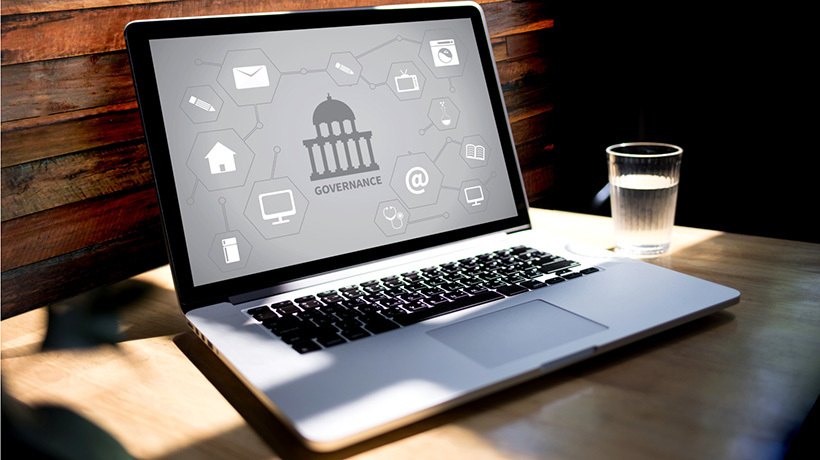Gamification In Government Operations
Gamification has been proven to be a worthy digital learning strategy in the past few years, which has resulted in not only corporate organizations using it to train their employees, but a number of other industries including healthcare, food, travel, hospitality as well as eCommerce to name a few. A number of Learning and Development (L&D) professionals have gone so far as to say that gamification can be used in any industry to help people learn skills, change behaviors and develop lasting knowledge on various subjects while keeping them engaged. This statement awakened our curiosity. Can gamification really be used in any industry? What about the government? With some research, we found out that gamification can indeed be even used by the government for a number of purposes, all mostly related to educating the public in some manner. In fact, a number of governments around the world have already been using gamification. In this article, we’ll discuss how governments can use gamification in various ways.
1. To Change Public Behavior
Governments underestimate how satisfying games can be. In fact, games can even be more satisfying than real life. Whereas in real life there are no clearly defined rules and there is no sure shot way of victory. Games can be won by learning the rules, practicing regularly and honing one’s abilities. Stockholm's government once reduced traffic speed by 22% by creating a speed camera lottery that encouraged safer driving by entering the names of those who obeyed speed limit laws into a pool funded by fines from traffic violations. Needless to say, it worked like a charm. Similarly, the Taiwanese government used receipts and invoice numbers in a lottery to prevent business tax evasion. This motivated consumers to demand official receipts and invoices so that merchant transactions would be kept on the books. This resulted in a reported increase of 75% in tax revenue. Both these governments used the gaming elements, and primarily the motivational element of a reward to change public behavior.
2. For Training And Recruitment Of Government Employees
Of course, the government works quite similarly to a corporate organization, which means that gamification should work fine for the training and recruitment of government employees. After all, this is what gamification is primarily used for in corporate organizations. In fact, local governments in Spain as well as in Russia have been using gamification for the distance education of government agency structural subdivision heads to train them in resource management, using a game similar to the popular games Farmville and The Sims. The Singaporean government has also used gamification to train its emergency officers by creating a simulation-like game where they drive a fire truck or ambulance while navigating through specially designed rescue scenarios to evacuate people or help patients. Gamification allows hands-on training in a virtual space where mistakes have no real-life consequences, all the while training employees not to make them buy using branching scenarios or deducting points.
3. To Build Better eServices
Gamification can also play a key role in increasing citizens’ use of public service technologies and, at the same time, make them feel empowered as active participants in their societies. By using gaming elements, such as points and badges, governments can gather feedback from the public, who would have no motivation to provide feedback otherwise. This has already been done by the Massachusetts (US) government to gather feedback as well as share ideas. The Jakarta (Indonesian) government also used gamification to help them translate English words to several local Indonesian dialects in order to gather data that was later used in their digital services to communicate with the local people better.
Gamification is all about making boring processes engaging, making learning fun and giving learners (or the general public in this case) an intrinsic motivation to do things. There are already a number of examples all around the world where governments have used gamification to improve their services, train their employees and, all in all, make the life of the public a tad better. There are also a number of unsuccessful attempts at implementing gamification by governments. However, it has been proven that if gamification is designed effectively, it can even be used by governments as an efficient digital learning technique. With more and more people becoming tech-savvy, it is high-time governments from all over the world gave gamification a try.
Originally published at cblpro.com.


